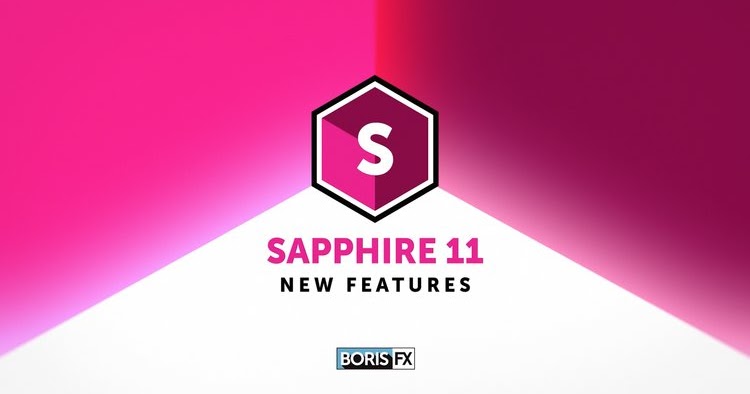
It did not support the OpenFX GPU interop extensions according to Vegas, so frame transfer overhead to/from system ram still exists. It's just how they do *their* computations. Some plug-ins that say they are GPU does not indicate if they support the OpenFX GPU interop extensions. I think the Vegas group were/are the primary instigators here. I don't know how "standard" these extensions are. Resolve has a preference for CUDA on Nvidia for example. AFAIK these are primarily about OpenCL and OpenGL interoperability. He is a professional editor, having cut national commercials for major companies, and does color & VFX for indie films at Mask & Feather. Resolve does talk about a YRGB data model which is different than typically used (AFAIK).ĮDIT: To add on the OpenFX GPU extensions. 03:43 Applying DaVinci Resolve Halation OFX 13:14 Applying the Dehancer Halation Plugin 20:14 Wrap up and Conclusion. Even so, the Resolve format for the frame may not be compatible with OpenFX transfer so overhead is still encountered. OpenFX does have extensions, for a GPU enabled plug-in, to avoid that excess back and forth transfer overhead. Now Resolve has the frame again and must transfer it to the GPU for the next effect or whatever. If GPU then the plug-in will transfer the frame to GPU, do the compute and then read back from the GPU to system ram. To pass to an OpenFX plug-in it has to read back from GPU to system ram, possibly convert component data bit depth, then pass this frame to the plug-in. Resolve keeps the frame internal in GPU memory. With GPU dataflow pipelining is everything. With effects this involves the GPU as well. It is not a custom fit to the application internal dataflow.


Shadows - adjustments will affect pure black 100%, mid grey at 50%, and pure white at 0%. Using Resolve’s Halation OFX Plugin Plus Dehancer Comparison.Shadows, Midtones and Highlights of the image.

The Lift, Gamma and Gain sliders and Hue Adjustment sliders operate by affecting the.


 0 kommentar(er)
0 kommentar(er)
